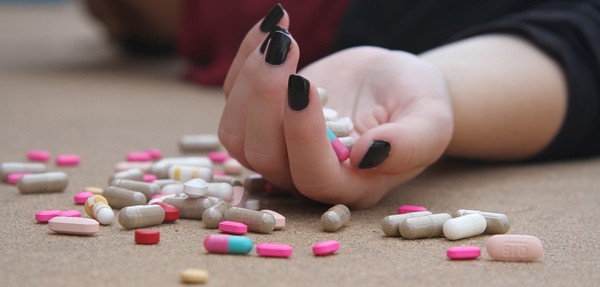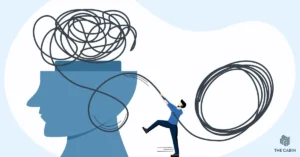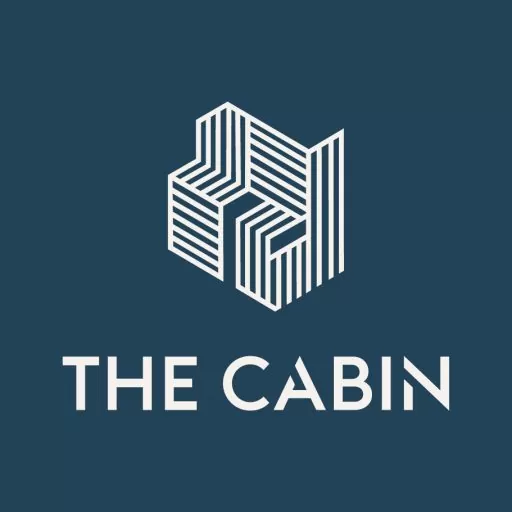Controversy strikes when the addictive drug OxyContin gets approved by the FDA for young people.

The FDA has recently approved the notoriously addictive prescription painkiller, OxyContin, for young people aged 11-16. The approval does not come without significant controversy, however, as rates of prescription drug addiction continue to plague America and other countries around the world.
The Rise of OxyContin
OxyContin is the brand name of a powerful narcotic pain reliever that hit the market in 1996. Its active ingredient, oxycodone, is present in a number of other prescription pain relief drugs, and oxycodone’s potential for addiction has been known for years. At the time of its approval, OxyContin was a breakthrough drug. Its time release mechanism gave patients suffering from around the clock pain steady relief for up to 12 hours and the time release formula was meant to deter abuse.
However, it was the marketing campaign of OxyContin that helped the drug soar in popularity. Until that point, powerful narcotic pain medication was reserved for end of life care, and was rarely prescribed for chronic pain conditions. Through ritzy symposiums and aggressive campaigns claiming the drug’s risk for addiction was “under 1%,” physicians were eased of their hesitance to prescribe opiate pain relief due to the addictive properties.
By 2010, physicians had prescribed enough pain medication to treat every person in America around the clock for a month. Meanwhile, the family behind the scenes who was responsible for making and selling the drug, rose to become one of the richest families in the United States. Like casinos that rely on gambling addicts to make their profits, unfortunately the Sackler family fortune was largely made from prescription drug addicts.
The Sackler’s company, Purdue Pharma, was eventually charged with and plead guilty to misleading doctors and the public about OxyContin’s risks for addiction and abuse in 2007. They were ordered to pay over 600 million dollars in damages, but the trail of drug addiction and abuse was already far too long.
OxyContin Abuse, Addiction, and Death
As the prescription of the drug soared, so did rates of abuse, overdose, and death. From 1999 to 2013 the number of prescriptions written for opioid painkillers quadrupled, and in the same period of time prescription painkiller overdose deaths also quadrupled killing 16,000 people in the US alone in 2013.
The high level of oxycodone found in OxyContin makes it highly desirable, and abusers found they could easily bypass the time release mechanism by crushing and snorting the pill or dissolving it in water and injecting it. This gives a sudden rush of euphoria similar to the drug’s illegal counterpart, heroin.
But just because OxyContin is legal and heroin is not — does not mean that one is safer than the other. OxyContin addiction is deadly. High doses can cause respiratory depression and accidental death. When the drug is abused by chewing, snorting, crushing, or otherwise taking more than prescribed, the chances of taking a lethal dose increase. Mixing the drug with alcohol or other sedatives also increase the chance of death.
Almost 2 million Americans live with prescription opioid abuse and addiction. Approximately 46 people each day lose their battle with prescription pain pill addiction. In Ontario, Canada, 1 in 8 deaths of young adults is tied to prescription painkillers. In America, overdose deaths due to prescription drugs now surpass that of heroin and cocaine combined.
In 2010, OxyContin was reformulated to make it more difficult to abuse. The new pill breaks into large chunks when crushed and becomes a gelatinous gloop if mixed with water. And as hoped, abuse of OxyContin decreased after the new formula’s release. Of course, people already addicted to the drug did not simply become free from their addiction. They switched drugs, and while OxyContin abuse rates went down, heroin use increased in the same time.
Almost 80% of people who use heroin now first abused prescription pain medication. Many people who become addicted to prescription opioids will later turn to heroin as a cheaper and more accessible opiate source. This, of course is an increased cause for concern as heroin is more likely to be injected, more likely to contain other poisons or contaminants, and prolonged addiction to the drug causes serious health problems and often death.
The Controversial Approval of OxyContin for Children
The approval of such a deadly and addictive drug for use in young children is understandably meeting with criticism. However, doctors who have already been prescribing the drug to young cancer patients hail the approval. In the case of terminal illness, children are not at risk for addiction and the drug can be used to help treat their severe and persistent pain so they can focus on being kids.
The problem is, anytime the drug is prescribed for something other than terminal illness there will be a risk for abuse and addiction. The younger people are when they are exposed to this risk, and given the potential to abuse this a highly addictive drug, the greater their chances are at developing an addiction in the future.
When the FDA approved OxyContin for 11-16 year olds, however, it did come with guidelines. The drug should only be used if there are no other alternatives and if the child can already tolerate 20 milligrams of oxycodone. The risk for accidental overdose is greater in children and teens, so physicians and parents should take care. Parents are advised to always administer the drug and keep it safely locked away, out of reach of their children, family members or guests.
Preventing new cases of addiction is the best way to reduce the harm this disease causes society. When it comes to prescription painkillers, seriously talking with your doctor about the costs and benefits of each medication for you or your child is imperative.
Prescription Painkiller Addiction Treatment
In most cases, those who become addicted to prescription drugs were prescribed the pills legitimately from a doctor for pain – usually after a major surgery or some sort of accident. Once injuries have healed, however, many people cannot handle the feeling of not taking these pills. This can cause incredible confusion, shame and guilt, and often leads to lying to doctors about persistent pain, buying the drugs illegally or even turning to heroin in extreme cases. If you or someone you love is struggling with a prescription pill addiction, the best thing you can do is get help now.
The Cabin Chiang Mai’s inpatient addiction treatment centre has seen the devastation addiction can cause to people from all backgrounds. We can help you overcome your addiction to prescription painkillers through a compassionate and effective treatment programme that will address your physical and psychological dependence.





